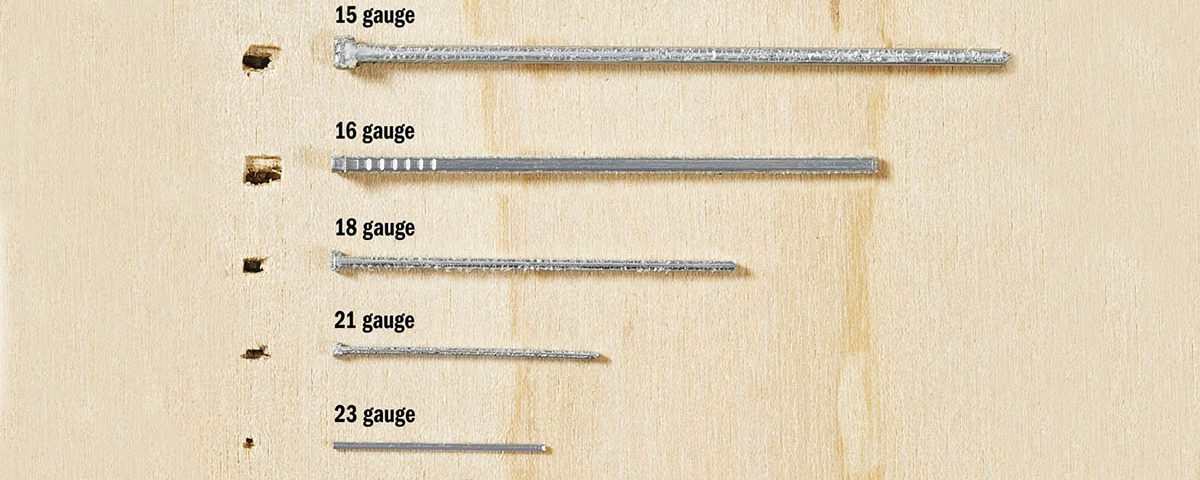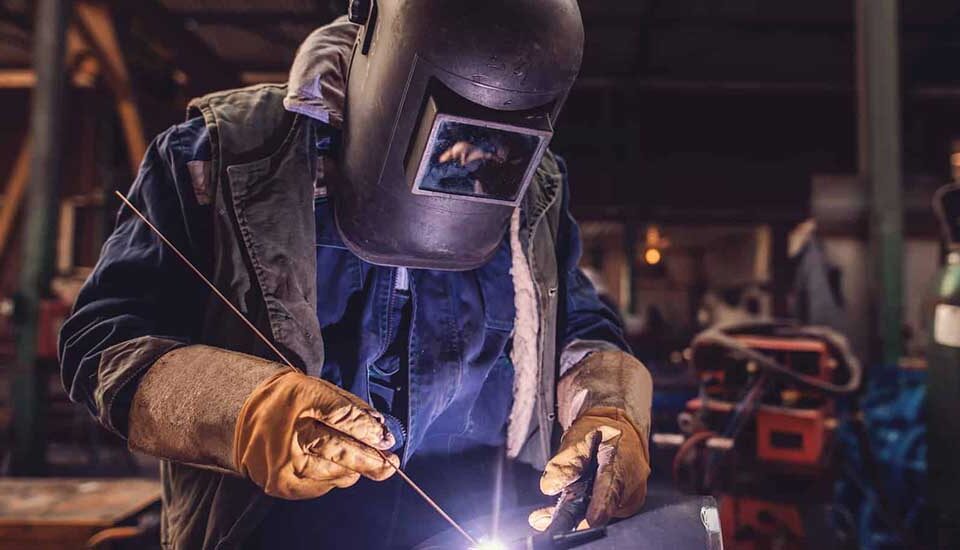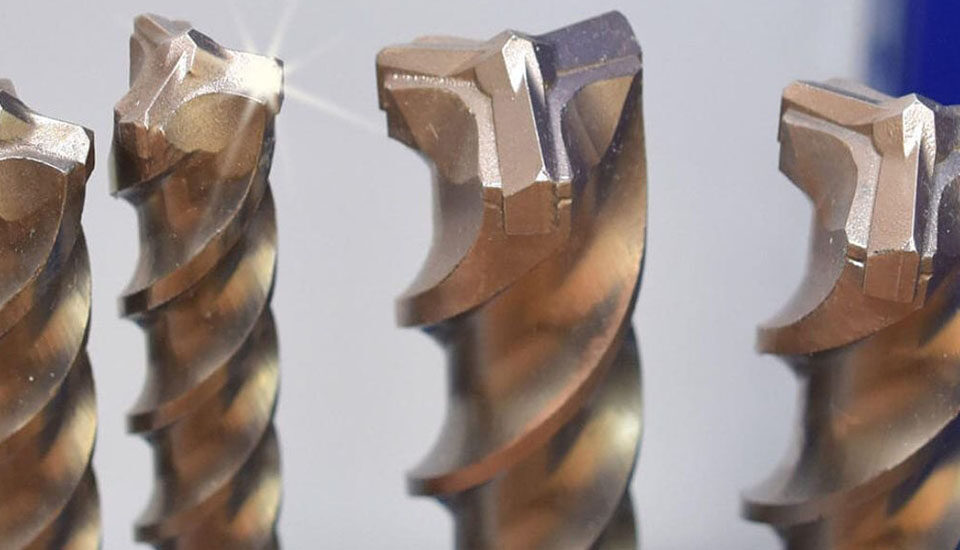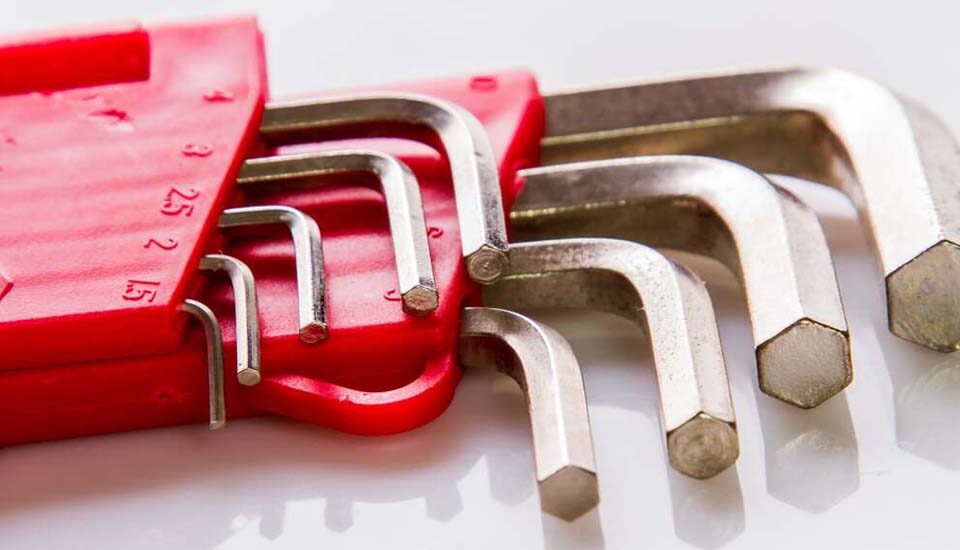What are the types of pneumatic nailers and pneumatic stapler needles?

pneumatic nailers and stapler
Pneumatic nailers and staple needles have revolutionized the construction and woodworking industry, and pneumatic nailers and staple needles have become indispensable tools in the construction and woodworking industries. These powerful devices use compressed air to drive nails or staples into various materials, making nailing faster and more efficient. Here we explain the different types of nails available and examine their features, uses, and key differences. If you are a professional woodworker, DIY enthusiast, or just someone who is interested in learning more about the subject, this blog provides valuable information on air nailers and staplers and will help you understand the differences. Understand them carefully.
Pneumatic nailer and its nails
Air nails are widely used in construction and carpentry projects. They have different types and each one has its own appropriate nails and are designed for specific tasks. In this section, we examine the types of pneumatic nailers:
Framing nails:
Framing nailers are heavy-duty nail guns used primarily for large-scale projects such as framing, sheathing, and decking. They are designed to shoot larger, thicker nails. The nails of these nailers are usually 2 to 3.5 inches or 5 to 9 centimeters long. These nails provide excellent holding power and are commonly used for infrastructure applications.
Finishing nails:
Finish nails are used for more delicate work such as installing baseboards, moldings and cabinets. For these nailers use thinner nails with smaller heads. Nail These types of nailers minimize the risk of splitting or damaging the workpiece and provide a clean, professional finish (makes the surface of the work look smooth and clean).
brad nail:
Brad nailers are similar to finishing nailers, but use smaller nails, usually 18 gauge. These nails are usually ideal for woodworking and for finer work, attaching thin moldings, and other applications where minimal gaps in wood or small hole sizes are desired.
Pin nails:
Pin nailers are the smallest type of pneumatic nailers that use 23-gauge headless pins. They are designed for delicate woodworking, gluing veneers, small moldings and other jobs that require minimal holes or visible impact. Pin nails provide excellent holding power without the need for putty or surface coating.
There is another category of nail types, which are:
Comb nails:
Comb nails are a type of air nails that have a special comb, where the nails are attached to each other by a special glue in a row of 40 and are easily separated during use. There are different types of shoulder nails, which include:
- Sk nail
- Ti Po nail
- Nail TN
Two-legged nails:
Two-legged nails are a type of pneumatic nailer that has two prongs or bases on each side. They are commonly used to bond materials such as plywood, cladding and flooring. The height of these nails is 25 to 50 mm.
Pallet nails:
Pallet nails are specifically designed to fasten wooden pallets. They have a special shape and length that is suitable for fastening pallet boards. These nails are common nails whose legs may be ribbed or drilled.
Strip nails:
Strip nails are a type of pneumatic nail that are produced in a simple, drilled and ribbed form. They are usually used in nail guns with a magazine that holds the nail tape or wire.
Punching needle
Staple needles, also known as pneumatic or air staples, are widely used to hold materials together. They have the same advantages as pneumatic nailers. Different types of staple needles are:
Furniture staples
Upholstery staples are commonly used in the furniture industry to fasten fabric, or install furniture. For this stapler, staplers use fine wire staples and have an additional hose attachment to access tight corners and crevices. Furniture stapler needles are designed for staplers that fire at high speed and repetitively with minimal effort.
Flooring staples:
Floor staples are specifically designed for installing wood flooring. For this, they use longer staples and have a hammer-activated mechanism to drive the staples into the subfloor. Flooring staples ensure a secure and stable installation, reducing the risk of floorboard movement or squeaking.
Construction staples:
Construction staples, also known as heavy-duty staples, are used for a variety of construction applications, including attaching sheathing, insulation, roofing felt, and siding. For this, they use longer staples and are built for durability and heavy use in harsh environments.
Fine wire staples:
Fine wire staples are versatile staple needles that can be used
There are other models of staple needles that include:
90 series stapler needles:
90 series stapler needle is a type of stapler needle designed to be used in specific stapler models that are compatible with this type of needle. The title “90 Series” refers to a specific needle style or size.
V series stapler needle:
The V series stapler needle is another type of punch needle that, similar to the 90 series, is designed for specific stapler models, and the name “V series” indicates the style or size of the needle.
Round-bottom staple needle:
A round-bottom staple needle is a punch needle with a round bottom, commonly used in staples that require a stronger hold or more punching ability.
Conclusion:
Pneumatic nailers and staplers are essential tools for professionals and hobbyists alike, simplifying fastening tasks such as nailing, nailing, framing, and more in a variety of industries. Understanding the nuances and differences between different types of pneumatic nailers and staple needles is critical to choosing the right tool for specific projects. We have reviewed the features, uses, and distinctions of each category and provide you with the knowledge you need to make an informed decision. Whether you are building a frame, installing flooring or furniture, choose the right tool and see the efficiency and accuracy of these pneumatic tools in your projects. In addition to the differences mentioned, nailers and stapler needles also have other differences that depend on the device and their manufacturing company. You can contact Hardex consultants to get more information and guidance about your suitable nailer and stapler needle.
References
https://stapleheadquarters.com/the-main-types-of-nail-guns
https://www.lowes.com/n/buying-guide/nail-gun-buying-guide
https://www.careytools.com/blog/nail-gun-vs-staple-gun-compared#:~:text=The%20main%20difference%20between%20a,wide%20crowns%2C%20and%20upholstery%20staples.



